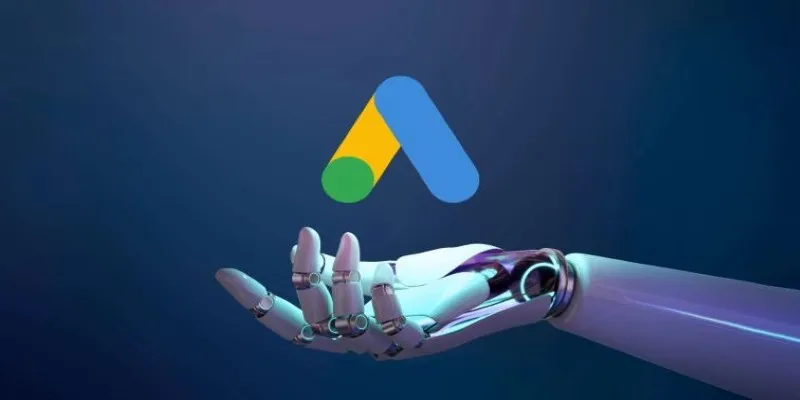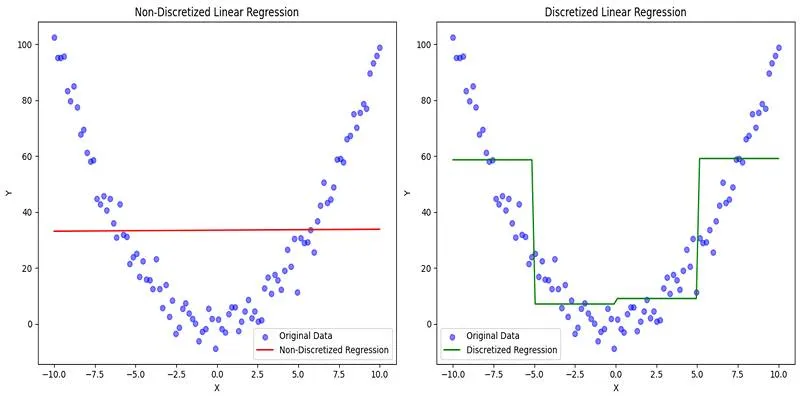Generative AI has rapidly moved from experimental stages to becoming a major influence on how businesses, governments, and individuals interact with technology. From crafting realistic images and writing entire articles to powering conversational agents, generative AI systems demand fast connections and substantial computing resources to operate effectively.
Verizon, a leading telecommunications company in the United States, has announced plans to invest in infrastructure and services to meet the growing demand for connectivity and computing fueled by these AI tools. This move reflects the shifting needs of its customers and the expanding role of AI in daily life.
Why Generative AI Needs New Infrastructure
Generative AI tools—such as large language models, image creators, and voice assistants—rely on processing vast amounts of data and conducting complex computations in real-time. Each prompt or command initiates a process that typically runs through powerful cloud servers, returning a response almost instantly. This speed requires not only robust servers but also a fast, stable network with minimal delays and smarter edge computing near users. Verizon sees an opportunity to build networks that align with how people are increasingly using AI.

With AI-powered applications permeating offices, classrooms, and creative studios, network strain has become evident. Users working with AI assistants, students interacting with tutoring bots, and designers generating media contribute to this growing demand. Today’s networks weren’t designed for such constant, high-volume traffic, and Verizon’s upgrades aim to address this before users experience slowdowns.
What Verizon’s Investment Looks Like
Verizon’s strategy isn’t solely about increasing bandwidth; it also involves distributing computing closer to where data is utilized. Enter edge computing. Instead of routing every AI-related request to centralized data centers, Verizon plans to deploy resources at the network’s edge. This means smaller, local data hubs will process much of the work, reducing latency and enhancing AI application responsiveness. This approach benefits individual users and enterprises deploying generative AI on a large scale.
Collaborations with cloud providers and AI companies are also part of Verizon’s plan to ensure its connectivity aligns with their requirements. These partnerships are expected to help shape networks capable of supporting even more advanced AI models in the future. As AI tools become more sophisticated, their appetite for data and processing speed will only grow. Verizon is preparing its infrastructure to keep pace with this trend, ensuring businesses and consumers don’t face bottlenecks.
Beyond better connections, Verizon is expanding its edge cloud offerings to facilitate AI workload deployment directly within its network. This can reduce costs and improve performance for businesses relying on AI for daily operations, particularly in sectors like healthcare, manufacturing, and education, where AI is rapidly gaining traction.
The Impact on Businesses and Users
For businesses, Verizon’s plans could lower barriers to adopting generative AI. Smaller organizations that cannot afford to build their infrastructure can tap into Verizon’s network and edge cloud to run their AI-powered services. This accessibility makes experimenting with and scaling generative AI more feasible. Enterprises with high privacy needs can also benefit, as edge computing helps keep sensitive data close to its origin, minimizing security risks.

Individual users will benefit as well. Many generative AI services today depend on fast connections to remote servers. Delays or dropped connections can make these tools frustrating, especially for creative professionals needing quick feedback on images, videos, or text. A more robust network designed for AI’s heavy demands enhances their experience. Beyond creative use, applications like real-time translation, personal assistants, and accessibility tools will become smoother and more reliable.
Educational institutions can integrate AI into classrooms without worrying about lag or bandwidth shortages. Hospitals can use AI-driven diagnostic tools and virtual assistants more effectively. Retailers might offer personalized shopping experiences powered by generative AI without performance issues. In each of these settings, better networks and computing resources become a silent but essential part of making AI practical and useful.
Preparing for the Future of AI
Generative AI continues to evolve. Models developed today are already larger and more complex than those from a few years ago, and this trend shows no signs of slowing. Verizon’s investment in connectivity and compute demand recognizes that the foundation for this technology must be prepared in advance. Without robust infrastructure, AI’s promise could be undermined by slow, unreliable service.
The company’s strategy aligns with broader industry trends, where edge computing, high-speed 5G networks, and collaboration between telecoms and cloud providers are seen as the way forward. While technical details may fade into the background for users, the result will be services that feel faster, smarter, and more capable.
Verizon’s focus on supporting generative AI’s needs positions it as not just a connectivity provider, but an enabler of new technology. As AI becomes part of everyday workflows and experiences, its success will depend as much on the unseen networks and compute resources as on the models themselves.
Conclusion
Verizon’s commitment to supporting generative AI underscores the necessity for infrastructure and technology to advance together. By strengthening its networks and expanding edge computing capabilities, Verizon is preparing for AI’s growing presence in homes, workplaces, schools, and healthcare settings. As generative AI becomes more sophisticated, it will demand greater speed, reliability, and computing power. Verizon’s investments are designed to provide users—whether individuals creating or businesses deploying AI—the dependable foundation they need. This focus on readiness ensures that as AI becomes a natural part of everyday life, the underlying systems will be robust enough to support its continuous growth and potential.
For more insights into how technology is shaping various industries, check out our Technologies blog category.
 zfn9
zfn9













